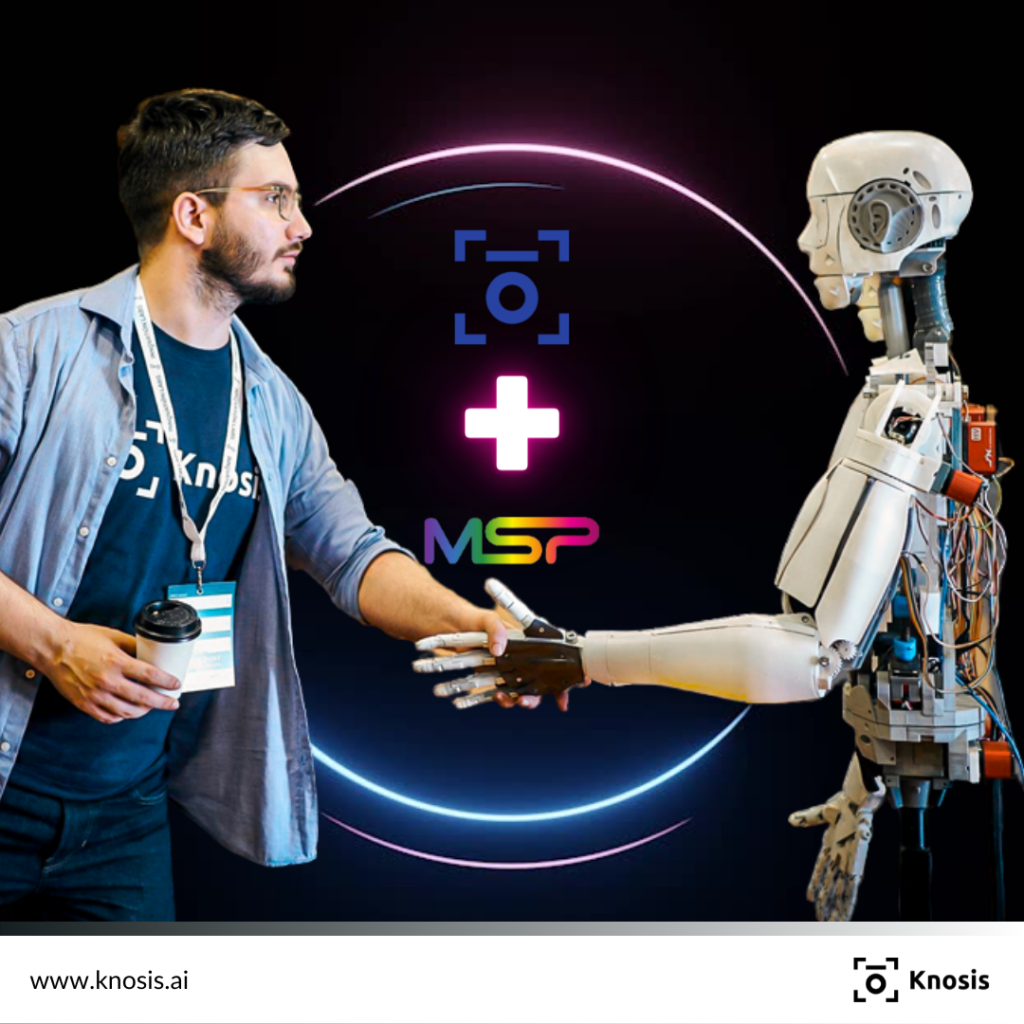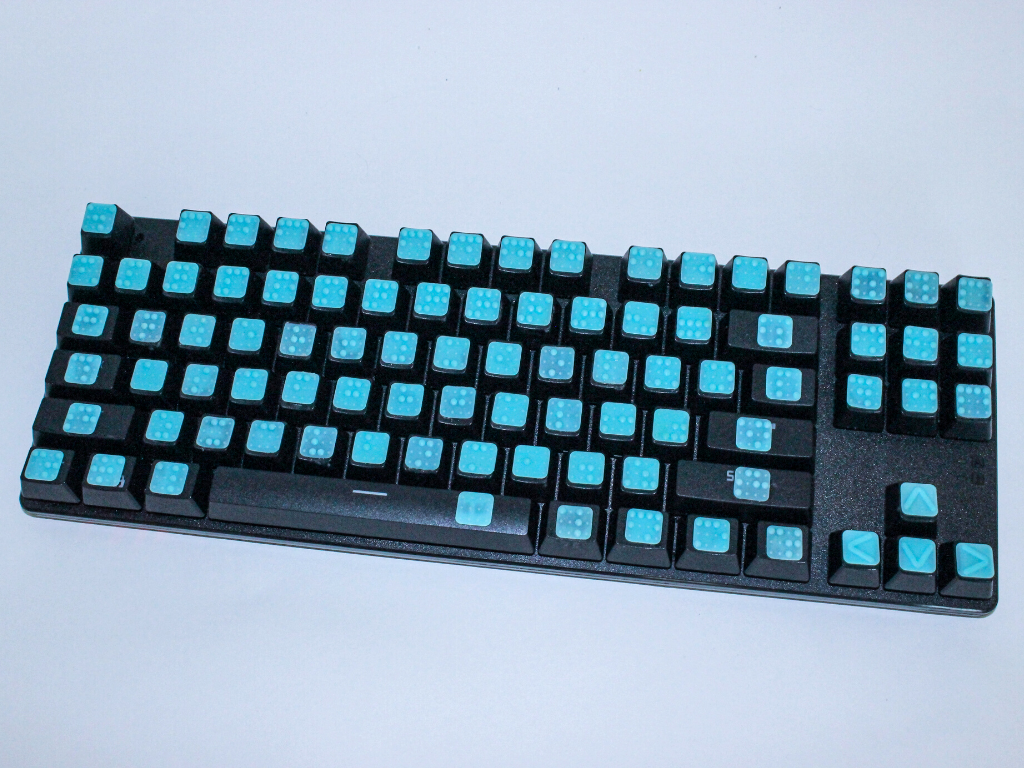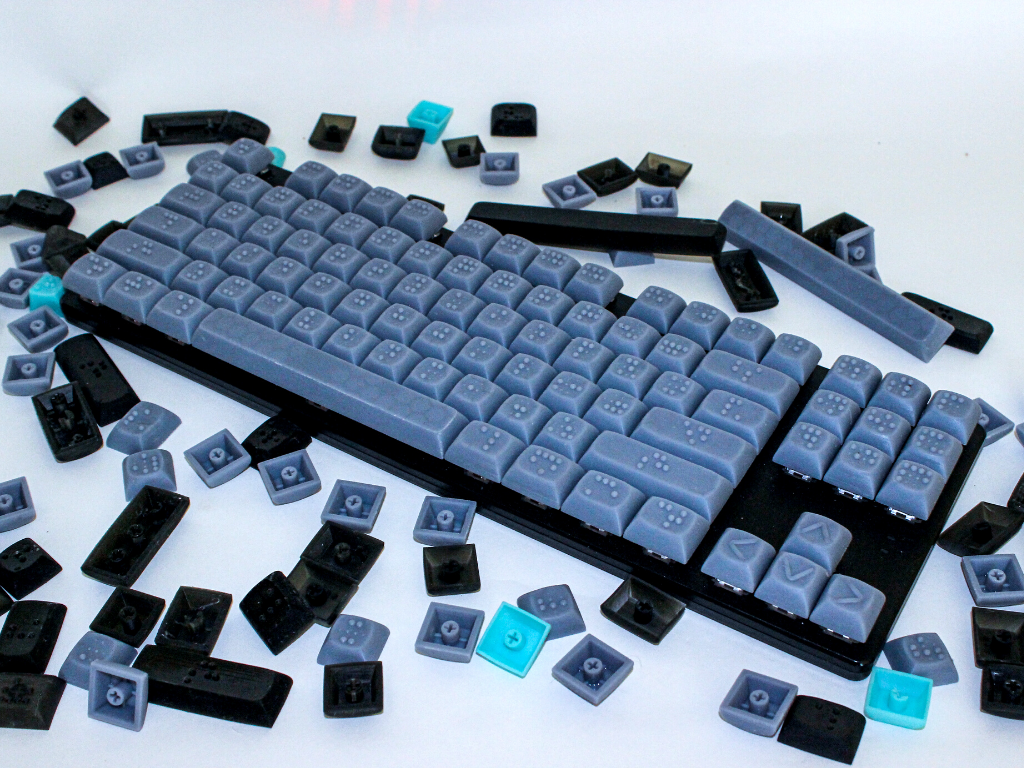„A lot of the learning process that has to do with synaesthetic representation of semantics is called, how you give meaning, to the way your senses overlap is an essential, a core component of education.
That’s how you learn how to speak.
That’s how we learn how to walk.
That’s how you learn not to touch a warm stove.
By connecting how it sounds like with what it looks like, with how it feels like with whether it cuts you, with whether it’s abrasive, all of these billions of types of operations are continually being optimised in the mind of a kid.
Now, imagine what using a tablet means to the system.
It takes away, it’s like ripping out of core sense, touch. It is destroying touch. Because touch becomes, from an informational point of view, the surface of a tablet, means no tactile information, or almost no tactile information, no texture, no temperature.
It is like getting your kids to get used to worshipping something that is dead, from a neurological point of view is like letting, notwithstanding the, let’s say, potential diseases and whatever, but giving to kids a tablet to play with it is like giving them a dead cat.
Sure, it doesn’t rot and it doesn’t stink.
But from a technical point of view, the fact that it has no texture, it has no temperature, it has no bump or no variation, it is impoverishing a core neurological process of young children.
So this neurological process is critical until about five to seven years old. So basically if you give them a tablet, you are neurologically destroying children up to seven years old and that is that has been measured.” – Bogdan Bocșe, CEO @ Knosis.AI




